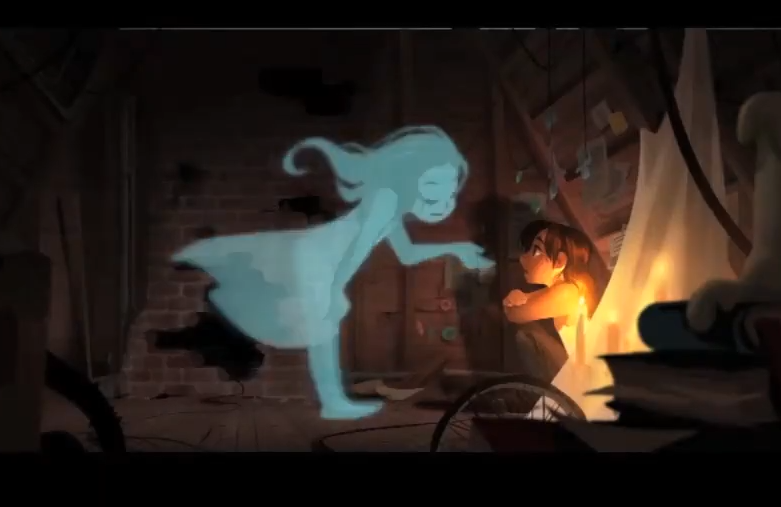Design a set for an animated film with Helen Mingjue Chen
Release date:2015, October 16
Author:Helen Mingjue Chen
Skill level:Beginner
Language:English
Exercise files:No
Welcome! This workshop won’t only outline the basic way to start a set design, but also introduce the thinking behind set design for animation.
One of the most important aspects of any set in animation is the fact that it should work as a stage for the characters and story, as well as any action that takes place within it. When you look back at some of the classic feature film animations, you’ll notice that each frame is designed so that it contains the best composition to tell the story. Your set design should be no different: it should first and foremost be designed for the camera and story.
I find the easiest way to begin is to imagine a scene or actual shot from the final film with a strong story point, and stage it in the clearest way possible. Afterwards, you can reverse engineer the actual design of the set and props.
As a visual development artist, a large part of the job is being able to visualise what the film could look like aesthetically, using techniques such as lighting, texture and stylisation to get that vision across.
Another big consideration that relates specifically to film versus traditional illustration is the time the audience has to digest information. In an illustration, the purpose is to capture the viewer’s attention for as long as possible; to elicit their appreciation of small details and paint strokes.
However, in film the viewer only has a limited amount of time to digest the visual information put forth by the camera in a shot. Essentially, every second counts!





 Channel
Channel



How to buy premium for mediafiles.cc? There is no option to buy premium
files no longer there
file not found :/
404 error
Can please re upload it?
there is an error
the file does not exist
“Mediafile Cloud 404 Oops – Page Not Found!” Report!!!!
404 error
fixed, thanks
Can this please be re-uploaded?